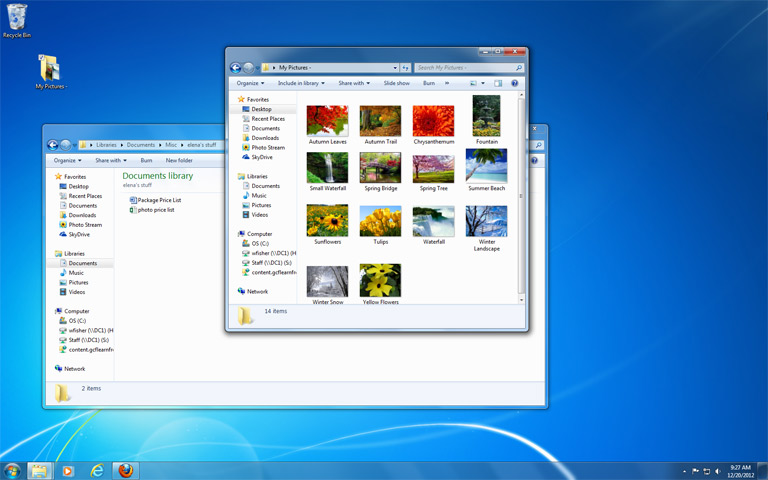
Windows 7 in the Web 2.0 Era:
The Dawn of Social Media and Interactivity: Windows 7 was released during a period of rapid growth and evolution in the web landscape, often referred to as the Web 2.0 era. This phase was marked by the rise of user-generated content, social networking, and dynamic web experiences. Websites were no longer static pages but interactive platforms where users could contribute, share, and engage in real-time.
Web Technologies of the Era:
AJAX and Dynamic Web Applications:
Social Media Explosion:
The Rise of Web Standards:
Online Video and Streaming:
Windows 7 Service Pack 1 (SP1)
February 22, 2011
Windows 7 (Original Release)
October 22, 2009






Windows 7 in the Web 2.0 Era:
The Dawn of Social Media and Interactivity: Windows 7 was released during a period of rapid growth and evolution in the web landscape, often referred to as the Web 2.0 era. This phase was marked by the rise of user-generated content, social networking, and dynamic web experiences. Websites were no longer static pages but interactive platforms where users could contribute, share, and engage in real-time.
Web Technologies of the Era:
AJAX and Dynamic Web Applications:
Social Media Explosion:
The Rise of Web Standards:
Online Video and Streaming:
Windows 7 Service Pack 1 (SP1)
February 22, 2011
Windows 7 (Original Release)
October 22, 2009




